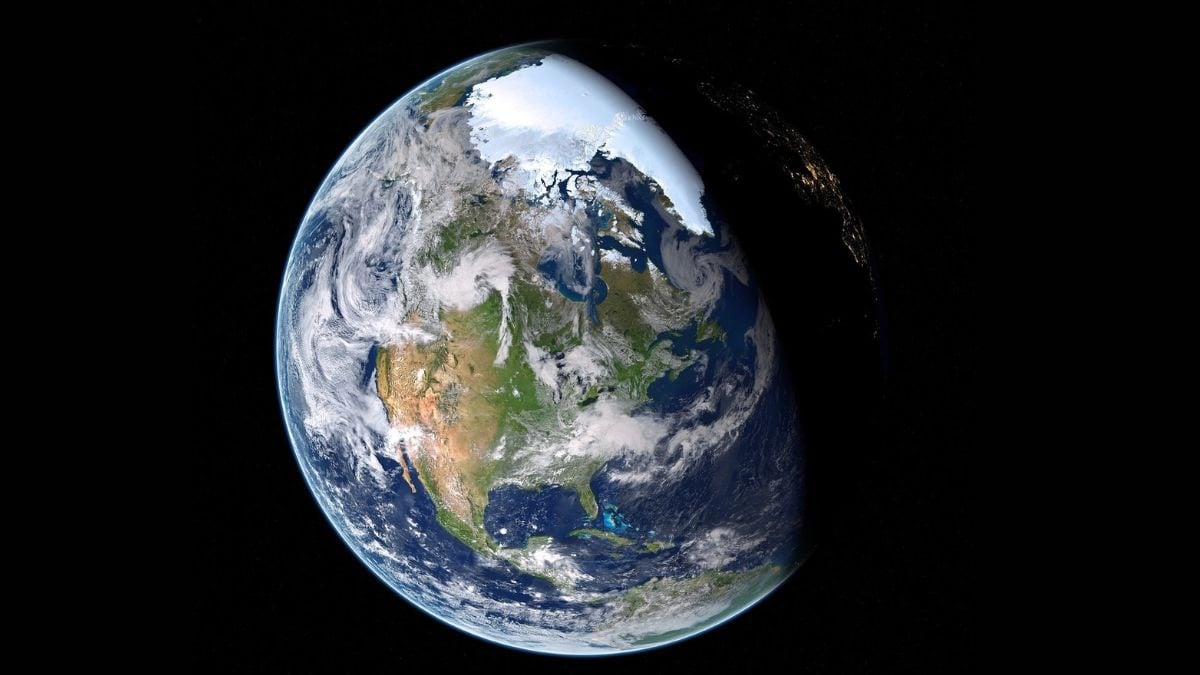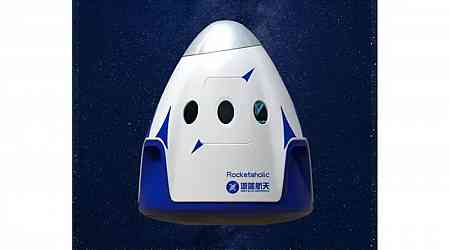A team of climate and earth scientists are exploring an idea that sounds almost unbelievable: using diamond dust to cool the planet. This approach aims to slow down global warming by reflecting sunlight back into space. The method they are considering is called solar geoengineering, which involves adding specific particles into the atmosphere to reduce heat reaching the Earth. The goal is to address climate change head-on, beyond the efforts of simply reducing greenhouse gases.
The most commonly studied material for this purpose has been sulphur dioxide. While it can reflect sunlight, it brings several risks, such as acid rain and damage to the ozone layer. To find a better alternative, scientists have been looking at other aerosols that could have the same reflective power but with fewer side effects.
The Diamond Dust Proposal
Researchers at ETH Zurich, including teams from the Institute for Atmospheric and Climate Science, conducted a study testing various particles for their potential to cool the Earth. These included materials like calcite, aluminium, and even diamond dust. They used a complex climate model to understand how each substance would interact with heat and sunlight and how long the particles would stay in the air.
The results surprised them: diamond dust emerged as one of the best candidates. It reflects more light and heat than other materials and doesn't carry the same environmental risks as sulphur dioxide. Since diamonds are chemically inert, they are less likely to cause issues like acid rain.
However, the costs are staggering. To achieve the necessary cooling effect, they estimate it would require around 5 million tonnes of synthetic diamond dust each year. The price tag? Approximately $200 trillion over several decades.
Challenges in Implementation
Even if money was no issue, there are other challenges. Producing diamond dust at such a scale requires technology we currently don't have. Distributing it around the globe is another obstacle, as specialised aircraft would be needed to deploy it at the right altitude. This approach would also require international cooperation and thorough regulation to avoid geopolitical tensions.
While this proposal might not be viable right now, it represents the creative lengths scientists are exploring to combat the growing climate crisis.
































